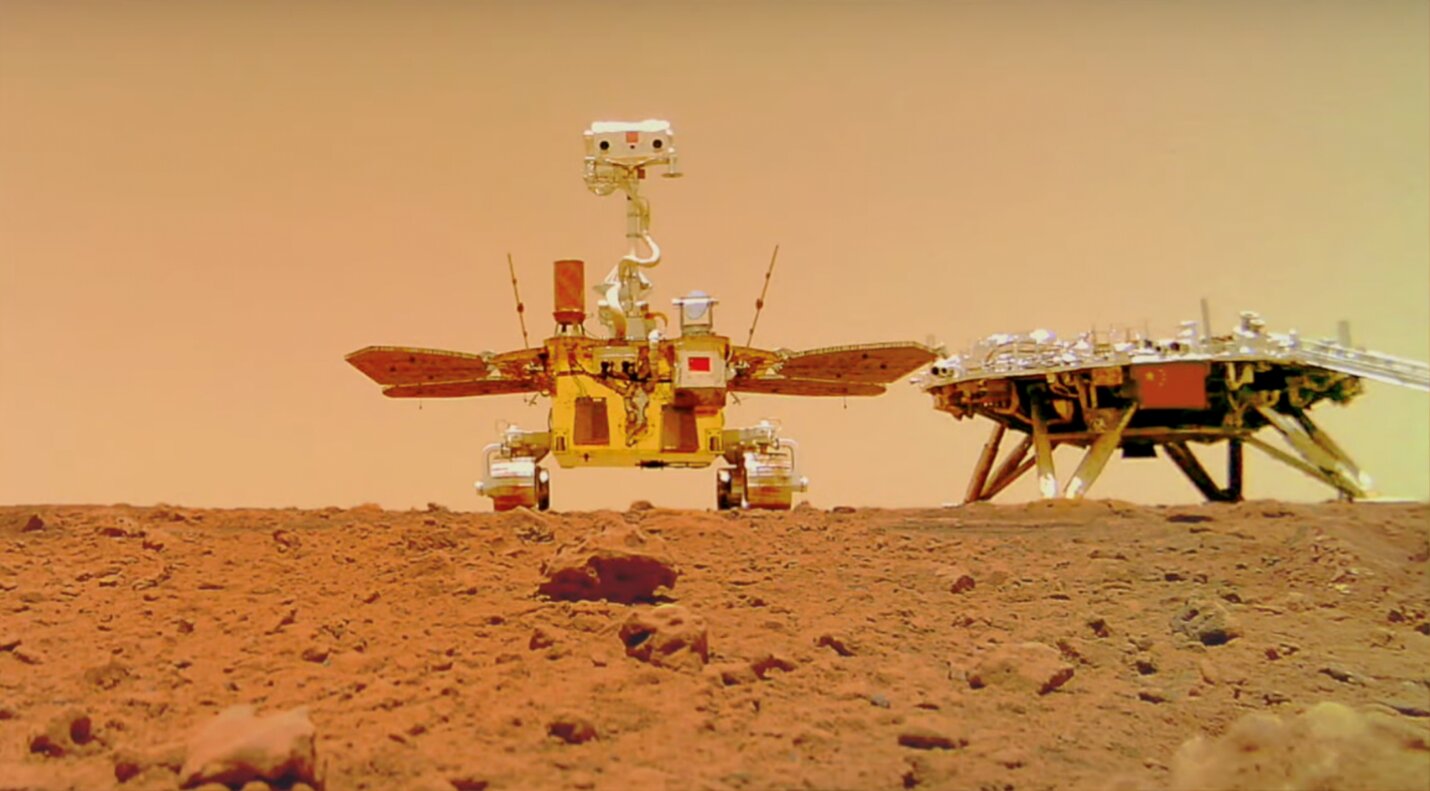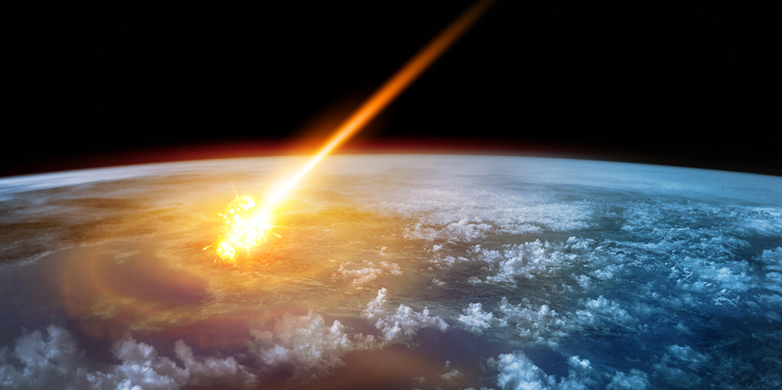
Ground-penetrating radar from China’s Martian rover Zhurong reveals shallow impact craters and other geologic structures in the top five meters of the Red Planet’s surface. The images of the Martian subsurface are presented in a paper published in Geology.
The Zhurong rover was sent to Mars as part of China’s Tianwen-1 mission. Launched in July 2020, the rover landed on the surface on 15 May 2021. The rover was sent to a large plain in the northern hemisphere of Mars named Utopia Planitia, near the boundary between the lowlands where it landed and highlands to the south.
The region was chosen because it’s near suspected a...
Read More








Recent Comments